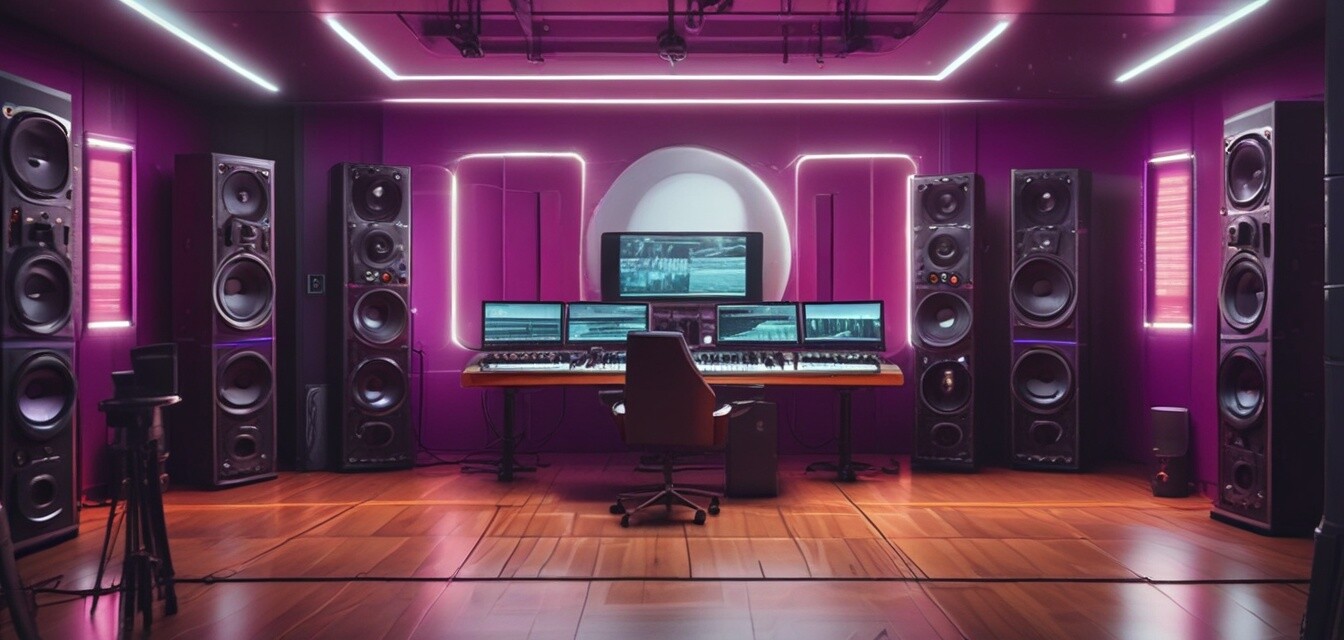
The Future of Audio Formats: What to Expect
Key Takeaways
- New audio formats are emerging to enhance sound quality.
- Technological advancements are making audio more immersive.
- High-resolution audio is gaining traction among audiophiles.
- Streaming services are adapting to support new high-quality formats.
The audio world is rapidly evolving, driven by technological advancements and changing consumer preferences. The way we experience sound is set to shift significantly in the coming years, as new audio formats become available. This article explores the future of audio formats, what you can expect, and how these innovations are likely to impact your listening experiences.
Emerging audio formats
With the constant push for higher fidelity and superior sound experiences, several emerging audio formats are expected to redefine our listening experience:
- MQA (Master Quality Authenticated): This format offers studio-quality sound in file sizes that are manageable for streaming and storage.
- DSD (Direct Stream Digital): Originally created for SACD, DSD is a high-resolution audio format favored by audiophiles for its unique sound characteristics.
- Dolby Atmos: Known for its immersive audio experience, Dolby Atmos allows sound to be placed and moved in three-dimensional space.
- Apple Lossless Audio Codec (ALAC): Apple’s proprietary audio format that offers lossless compression, allowing for high-quality sound without loss.
Technology driving audio innovation
Various technological advancements are shaping the audio landscape. Here are some key technologies driving innovation:
- High-Resolution Audio: Consumers are increasingly gravitating towards higher fidelity, pushing manufacturers to produce better-quality audio products.
- Streaming Services: Platforms like Spotify and Apple Music are adapting to high-resolution audio formats, enabling listeners to experience superior sound quality.
- Virtual Reality and Augmented Reality: These technologies are transforming audio experiences by creating an immersive sound environment.
- Artificial Intelligence: AI algorithms are improving the way audio is processed and streamed, leading to a more personalized listening experience.
Table: Comparison of Popular Audio Formats
| Format | Sound Quality | File Size | Use Case |
|---|---|---|---|
| MQA | Studio Quality | Medium | Streaming and Downloading |
| DSD | High-Resolution | Large | High-End Audio Systems |
| Dolby Atmos | Immersive Sound | Variable | Home Theater and Gaming |
| ALAC | Lossless | Medium to Large | Apple Devices and Streaming |
Consumer impact and considerations
As these audio formats and technologies evolve, so too will consumer expectations and preferences. Here’s how you can stay informed and ready to adapt:
Tips for Consumers
- Stay updated with the latest trends in audio technology by following news and reviews.
- Explore high-resolution audio formats to enhance your listening experience.
- Invest in compatible audio equipment that supports emerging formats.
- Experiment with various streaming services to find the ones that suit your audio preferences best.
Conclusion
The future of audio formats looks promising. With innovations constantly emerging, the sound experience is bound to become richer and more immersive. As a consumer, staying informed about these developments will enable you to leverage the advancements and enjoy a superior audio experience. To explore more about various speaker products that can enhance your audio experience, check out our other articles in the News and Trends category.
Pros
- Enhanced sound quality for audiophiles.
- More immersive audio experiences.
- Accessible high-quality streaming options.
Cons
- Higher file sizes can reduce storage capacity.
- Compatibility issues with older audio equipment.
- Potentially higher costs associated with new technologies.